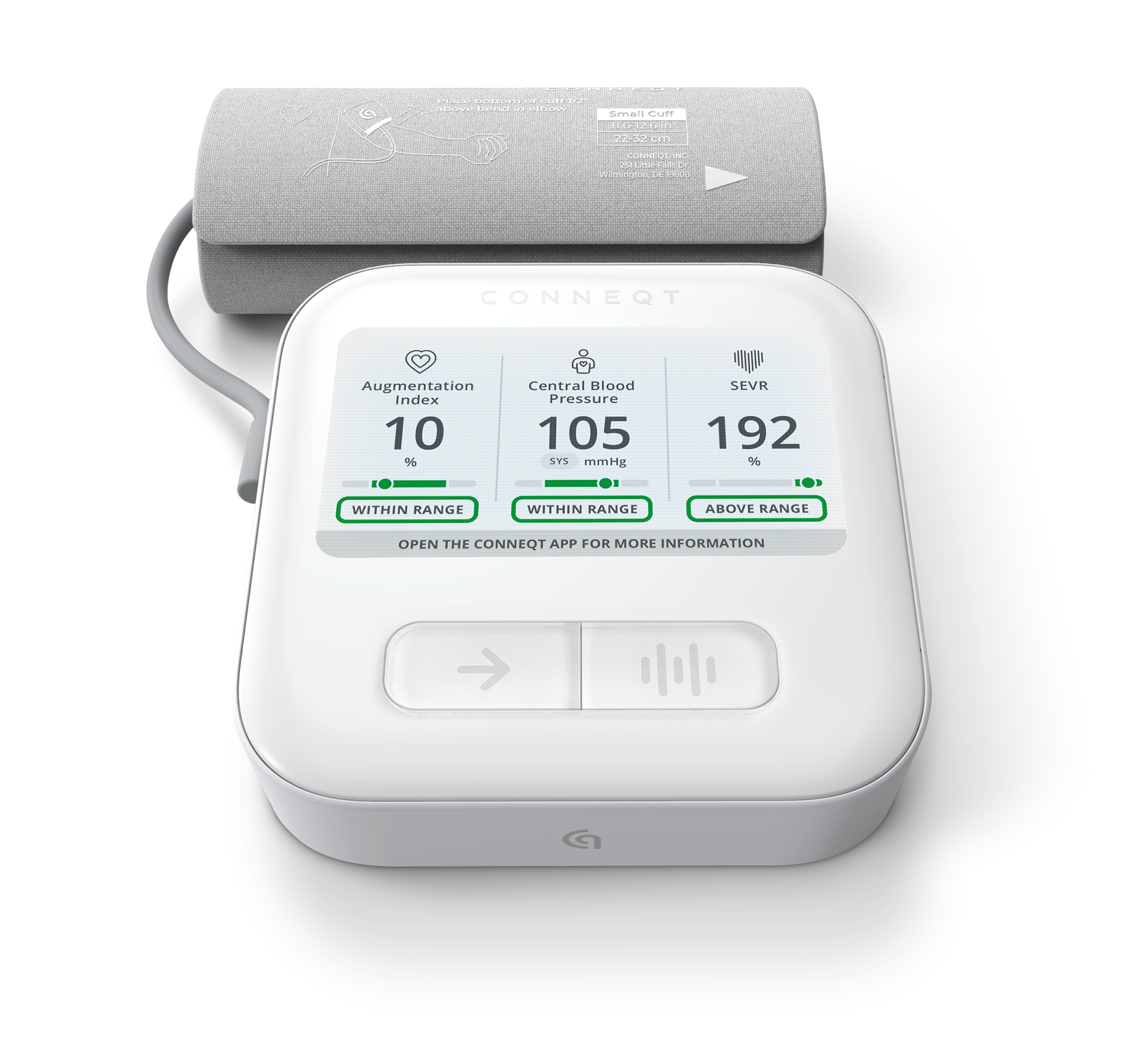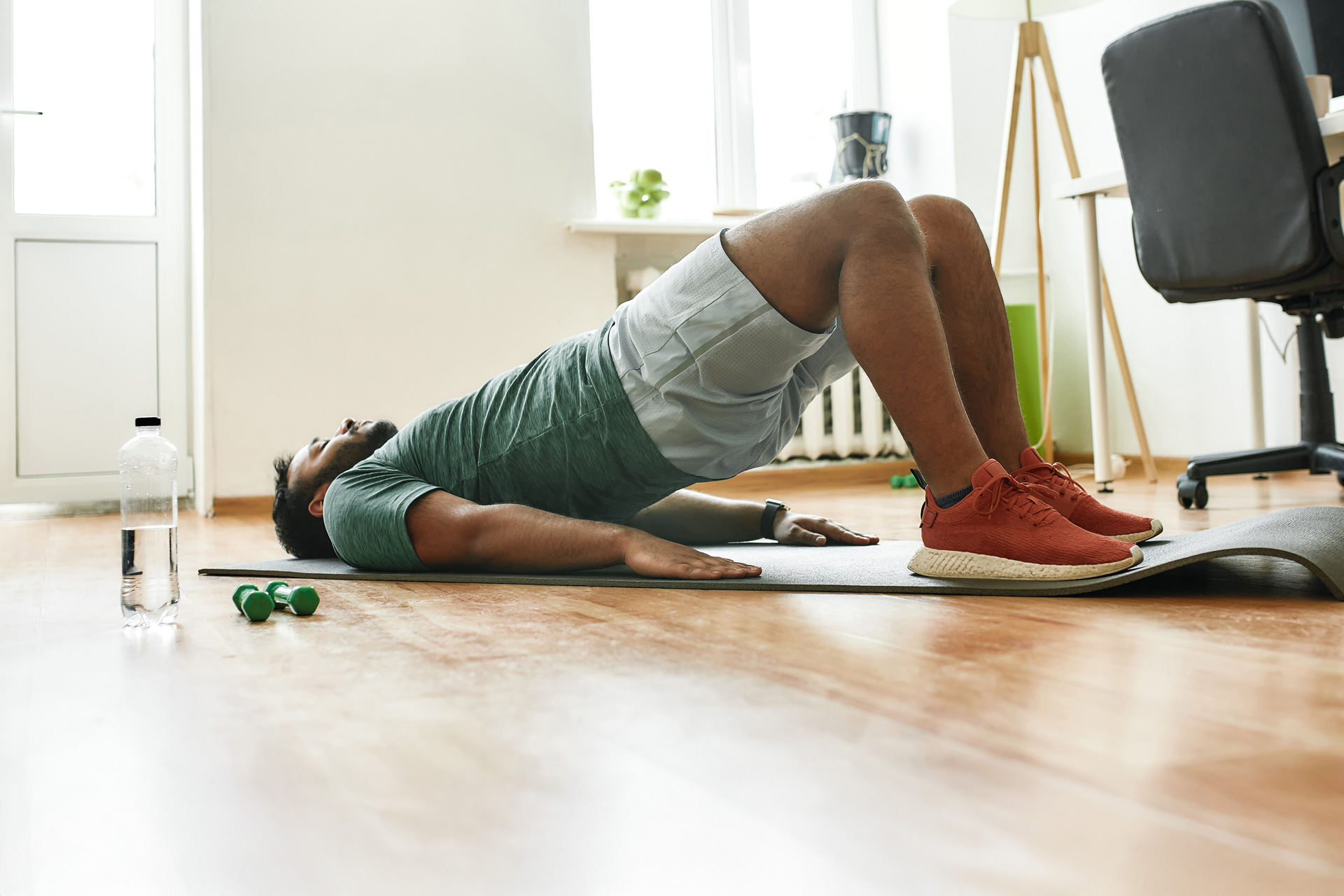When discussions about men’s health come up, they often center around weightlifting, cardio routines, and dietary choices. While building strength and stamina through traditional exercises is important, there’s one muscle group that often gets overlooked—the pelvic floor. Strengthening these muscles through Kegel exercises can significantly enhance both physical health and sexual well-being.
Kegels are commonly associated with women’s pelvic health, but they offer substantial benefits for men too. Strengthening the pelvic floor muscles through Kegel exercises can improve erectile function, enhance control over ejaculation, support bladder control, and boost sexual satisfaction. When combined with proactive monitoring of arterial health, Kegels play an important role in supporting both sexual performance and overall vascular health.

Measure what matters
Save 20% on checkout with code VITALITY
What Are Kegel Exercises and Why Are They Important?
While Kegels are often recommended for improving existing erectile dysfunction (ED), they also play an essential role in prevention. Strengthening the pelvic floor muscles supports healthy blood flow and enhances nerve function, both of which are essential for maintaining strong, consistent erectile function over time.
Kegel exercises target the pelvic floor muscles, specifically the pubococcygeus (PC) muscle. This muscle forms part of the pelvic floor, which supports erectile function, bladder control, and overall sexual performance. Strengthening these muscles enhances blood flow to the penis, improves ejaculation control, supports urinary health, and may even lead to stronger orgasms.
Research supports these benefits. A study in the British Journal of Urology International found that 40% of men with erectile dysfunction (ED) regained normal function after a pelvic floor exercise program, with another 35% showing improvement. Similarly, The Journal of Sexual Medicine reported that pelvic floor training helped 82% of participants reduce premature ejaculation symptoms.
But the benefits of strong pelvic floor muscles go beyond sexual performance. They play a role in core stability, lower back health, and even digestive function by supporting internal organs and enhancing muscular coordination.
The Connection Between Pelvic Floor Strength and Heart Health
Erectile dysfunction is often an early warning sign of cardiovascular issues. The arteries supplying blood to the penis are smaller and more vulnerable to blockages, meaning ED can appear before other symptoms of heart problems. While weak pelvic floor muscles contribute to ED, vascular health—especially arterial stiffness—plays a significant role. Understanding this connection highlights why addressing both muscular and vascular health is key to comprehensive sexual wellness.
Arterial stiffness, often caused by high blood pressure, poor diet, and lack of exercise, reduces blood flow, impacting both heart and sexual health. Endothelial dysfunction, which affects the inner lining of blood vessels, also contributes to impaired blood flow, making it harder to achieve and maintain an erection. Monitoring markers like Augmentation Index (AIx) and Augmentation Pressure (AP) can provide early insights into arterial health. Elevated levels of AIx and AP indicate reduced arterial elasticity, meaning the heart has to work harder to pump blood—affecting circulation to vital areas, including the pelvic region.
Combining pelvic floor exercises with regular monitoring of arterial stiffness, such as through the CONNEQT Pulse, provides a comprehensive approach to sexual health. It allows men to not only address the mechanical aspects of ED but also the underlying vascular conditions contributing to it.
How to Perform Kegel Exercises Correctly
One of the best things about Kegels is their simplicity—no equipment needed, and they can be done almost anywhere. Here’s how to get started:
1. Identify Your Pelvic Floor Muscles: The easiest way is to try stopping your urine midstream. The muscles you engage are your pelvic floor muscles. However, don’t make a habit of practicing Kegels during urination, as this can interfere with bladder function over time.
2. Basic Kegel Exercise: Contract these muscles, hold for 3-5 seconds, then relax for the same duration. Aim for 10-15 repetitions, three times a day.
3. Progress as You Build Strength: Gradually increase the hold time to 10 seconds and add more repetitions. Focus on controlled, consistent contractions without engaging your glutes, thighs, or abdominal muscles.
4. Incorporate Into Daily Activities: Practice Kegels while standing, sitting, or even during exercises like squats to engage the muscles dynamically. This helps integrate pelvic floor strength into functional movements.
5. Avoid Common Mistakes: Don’t hold your breath while performing Kegels. Breathe normally to ensure proper oxygen flow and relaxation of surrounding muscles. Avoid tensing nearby muscles like the abdomen, thighs, or buttocks, as this reduces the effectiveness of the exercise.
Debunking Common Myths About Kegels for Men
Despite their benefits, Kegels are often misunderstood. Here are some myths to clear up:
- Myth 1: Kegels are only for women. Fact: Pelvic floor muscles are critical for both men and women, supporting bladder control and sexual function.
- Myth 2: Kegels are just for older men. Fact: Men of all ages can benefit from Kegels, particularly those looking to improve performance or manage early signs of ED.
- Myth 3: You need special equipment. Fact: Kegels rely solely on engaging specific muscles—no gadgets required.
Integrating Kegels Into a Comprehensive Sexual Health Routine
While Kegels are effective on their own, they work best as part of a broader approach to sexual health. Here are some key strategies:
- Monitor Cardiovascular and Metabolic Health: Regularly track key indicators of arterial stiffness and erectile function, such as Augmentation Index and Augmentation Pressure, to detect early signs of vascular issues. Additionally, monitoring blood pressure, cholesterol, and blood sugar levels is crucial, as imbalances can contribute to poor circulation and increased ED risk. Tools like the CONNEQT Pulse can help you stay on top of these metrics.
- Stay Active: Engage in cardiovascular exercises like running, swimming, or cycling to enhance circulation and reduce arterial stiffness. Complement this with strength training to support metabolic and hormonal health, and incorporate yoga to improve flexibility, reduce stress, and boost blood flow.
- Adopt a Heart-Healthy Diet: Prioritize whole foods while minimizing processed items. Include nitrate-rich vegetables such as beets, leafy greens, and citrus fruits to support nitric oxide production, which improves vascular health and blood flow.
- Manage Stress and Prioritize Sleep: Chronic stress and poor sleep can disrupt hormone levels and impair blood flow. Practice mindfulness, deep breathing, or meditation to reduce stress, and aim for 7-9 hours of quality sleep each night to support both cardiovascular and sexual health.
- Maintain a Healthy Weight: Healthy weight management reduces the risk of conditions like diabetes and hypertension, both closely linked to ED. A balanced diet and regular exercise help maintain optimal vascular function and prevent arterial stiffness.
The Lasting Impact of Kegels on Men’s Health
Kegel exercises have long been overlooked as a powerful tool for men’s sexual health. Their ability to strengthen pelvic floor muscles, enhance erectile function, and improve control over ejaculation makes them more than just an optional exercise—they should be a staple in every man’s fitness routine.
But the benefits don’t stop there. When Kegels are combined with proactive monitoring of arterial stiffness, maintaining cardiovascular health, and adopting a balanced lifestyle, they form the foundation of a comprehensive approach to sexual wellness. This holistic strategy helps safeguard not just performance in the bedroom, but long-term vascular health as well.
So, if you’re serious about optimizing your health, don’t just focus on lifting weights—start strengthening your pelvic floor today. The rewards go beyond physical fitness, supporting both heart health and sexual vitality well into the future. By strengthening the pelvic floor and supporting cardiovascular health, you’re investing in a future where vitality isn’t just maintained—it thrives.






